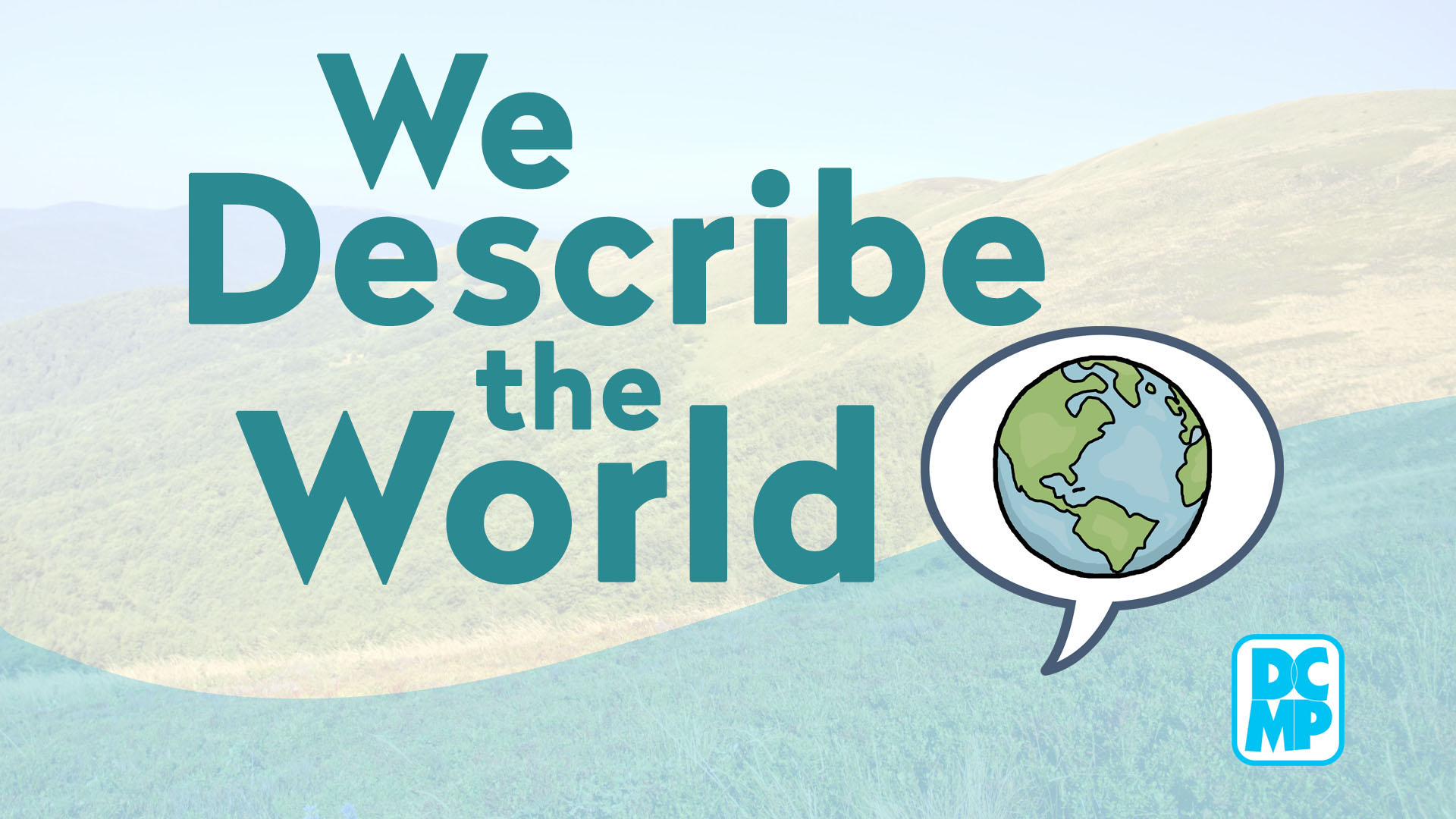<< Learning Center
Media Accessibility Information, Guidelines and Research

"We Describe the World" is a national campaign conducted by the Described and Captioned Media Program in cooperation with national broadcasters to increase awareness of audio description.
What is Audio Description?
Audio Description is a secondary audio track with additional narration that describes vital visual information for viewers who are blind and visually impaired.
You can view this episode of Edgar Allan Poe: Buried Alive from American Masters and PBS Learning Media for an example of educational television programming with high-quality audio description added.
How Do I Turn On Audio Description?
For broadcast and cable television programs and movies that are audio described, you access Audio Description through your TV remote. Look for the "SAP" button. "SAP" stands for Secondary Audio Programming.
Streaming services that provide audio description, such as Netflix or Prime Video, have different ways to enable the feature. Smart TVs, cable boxes, and streaming devices such as Roku and Apple TV all have different accessibility options. DCMP's video player and accessibility settings allow for easy access to audio description. You can use the guide below to help you find the information for your preferred devices and services here:
Who Benefits From Audio Description?
Audio description provides access to visual media for the nearly two million children who need it. Approximately 12 million people 40 years and over in the United States have vision impairment, including 1 million who are blind, 3 million who have vision impairment after correction, and 8 million who have vision impairment due to uncorrected refractive error.*
Audio description provides equal access in the classroom. It helps create an equitable learning environment in educational settings that increasingly rely on video to teach subjects in science, history, art, geography, social studies, language learning, and even mathematics. Audio description can also improves comprehension, language skills, and writing skills. Accessible videos allows students who are blind and visually impaired to enjoy described content with their family and peers.
Content creators, distributors, and broadcasters also benefit by having millions of new viewers to enjoy their programs, buy their movies, and sell content to thounsands of schools that are required to provide equal access in the classroom. If this demographic were a city, it would be the second largest in the United States. Its members are consistent consumers, but are often overlooked.
Best Practices and Legal Standards
FCC
The Twenty-First Century Communications and Video Accessibility Act (CVAA) implemented FCC audio description regulations that set minimum hours of audio described TV programming that are required for each calendar quarter for top broadcast and nonbroadcast networks. Telecommunications providers, including cable and satellite, are to pass through the secondary audio when it's offered by networks.
Sections 504 and 508 of the Rehabilitation Act require that audio description be provided for video as an auxiliary aid for persons who are blind and visually impaired.
Description Key
DCMP's Description Key provides guidelines and best practices for creating audio description. The Key was developed in partnership with and inclusion of professionals and organizations within both the blind community. The Description Key is used by DCMP to create high-quality audio description, and is used internally and is freely available.
DCMP Television Access Partnerships

Through the commitment and support of the U.S. Department of Education, DCMP partners with creators and distributors of educational and E/I content in making their media accessible and available to children with disabilities.
DCMP provides high quality audio description, captions, and American Sign Language interpretation through partnerships that allow for children with disabilities to access their media through DCMP’s targeted distribution to schools. A fully accessible master (caption and description files)is also provided.
These accessibility features are IDEA, ADA, and FCC-compliant for school, television and internet video.
* Source: https://www.cdc.gov/visionhealth/basics/ced/fastfacts.htm
